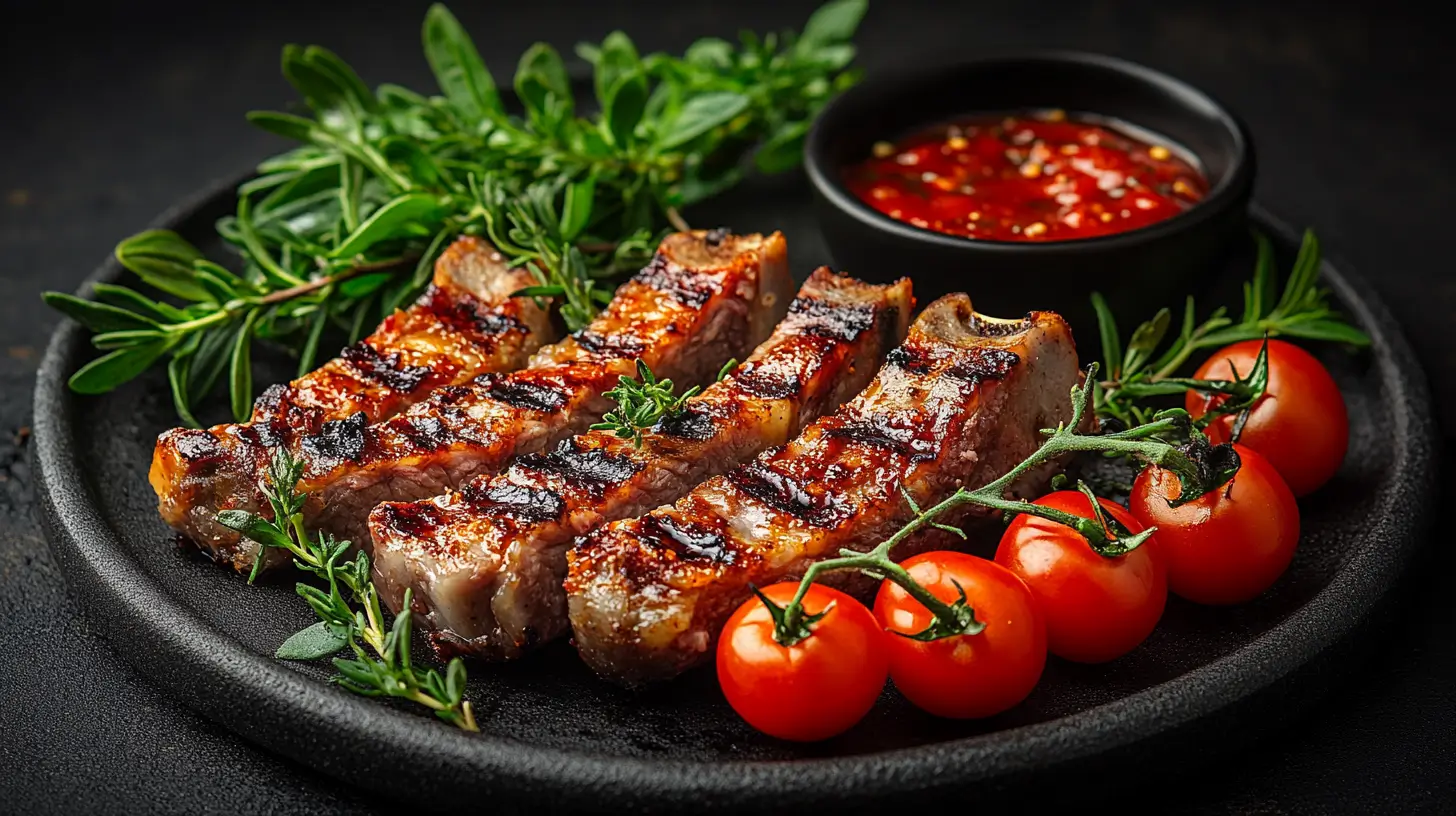- Home
- Labels and Certifications
- What Is the Difference Between USDA Prime, Choice, and Select for Pork?
What Is the Difference Between USDA Prime, Choice, and Select for Pork?
How to distinguish USDA Prime, Choice, and Select pork grades for quality & flavor. Learn key differences and tips for best selection.

Understanding Pork Grades: USDA Prime, Choice, and Select
Have you ever stood in the supermarket aisle, staring at the pork section and wondering what the difference is between USDA Prime, Choice, and Select? It can definitely be a bit confusing, especially if you're just beginning your culinary journey. Today, let's demystify these labels so the next time you shop, you’ll feel like a pro picking the perfect pork for your dinner.
The United States Department of Agriculture (USDA) grades pork based on a set of criteria that assess quality and consistency. Unlike beef, pork does not have a Prime grade, but we often see pork classified into other familiar categories such as Choice and Select. These grading standards help us understand what to expect in terms of quality and flavor before we even take our first bite.
What Do These Grades Mean?
First, let’s break down these grades:
- USDA Choice: This is a high-quality pork grade that promises great flavor and reasonable tenderness. You won’t find as much marbling (the little specks of fat within the meat) as you would in USDA Prime beef, but it’s decent enough to give the pork good juiciness and taste.
- USDA Select: Select grade pork is generally leaner than Choice. It has less marbling, which means it could be less juicy and flavorful. However, it’s a great option if you are looking for a healthier cut that’s lower in fat, just bear in mind it needs careful cooking to keep it tender.
It's crucial to understand that while beef grades include Prime, pork does not use this classification. When recipes or sales info mistakenly refer to "USDA Prime pork," they're often borrowing the familiar term from beef to suggest high quality, which can be misleading.
Picking between Choice and Select really depends on what you’re planning to make and your personal preference for meat texture and fat content. For example, if you're slow-cooking, roasting, or grilling, Choice might be preferable because its slightly higher fat content will contribute to better flavor and moisture. Conversely, for quicker cooking methods, like stir-frying, you might opt for Select to keep the dish lighter.
Shopping Tips: Choosing the Best Pork
Here are some useful tips for choosing the best pork:
- Look at the Color: Fresh pork should have a nice pinkish hue. Avoid any pork that looks pale or gray.
- Fat Quality: The white fat marbling should be smooth and creamy. Avoid pork with fat that is dry or blotchy as this can affect the texture after cooking.
- Firmness: Give the pork a little poke. High-quality pork will feel firm and spring back quickly.
- Smell: Fresh pork should not have any off or sour smells. A fresh, mild, meaty aroma is a good indicator of quality pork.
- Label and Product Information: Always check the label for any additional information such as grading (if available) or packing dates to ensure you're getting the most recent and high-quality product.
When in doubt, don’t hesitate to ask the butcher. They can offer invaluable advice and often provide insights into the best cuts for your cooking needs.
Using Pork in Recipes
Now that you know more about pork quality, here are a couple of suggestions for using different grades in your recipes:
For a succulent roasted pork shoulder, I'd lean towards a Choice grade because of its fat content which enriches the dish, providing a tender and flavorful result. Season it generously and let it roast slowly to achieve that perfect melt-in-your-mouth texture.
If you're aiming for something lighter, like a pork stir-fry, Select grade pork would be your friend. Its lower fat content complements a quick sear with a mix of crunchy vegetables and a savory sauce, keeping the meal hearty but not overly rich.
Final Thoughts: Tailor to Your Taste
The choice between USDA Choice and Select pork ultimately boils down to personal preference and the specific needs of your recipe. With a better understanding of what each grade offers, you can tailor your selection to enhance your cooking and delight your palate.
Remember, the best dish starts with the best ingredients. Next time you’re at the market, consider these tips, and choose the best pork grade for your culinary creations. Whether you're whipping up a Sunday roast or a light weeknight dinner, the right pork can make all the difference. Happy cooking!



